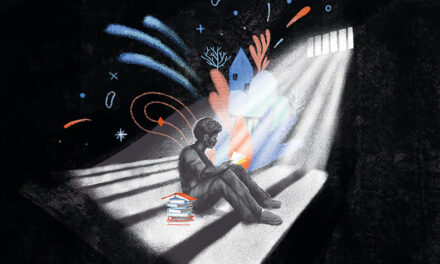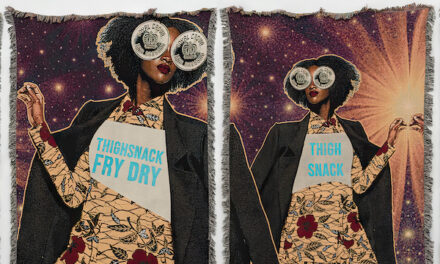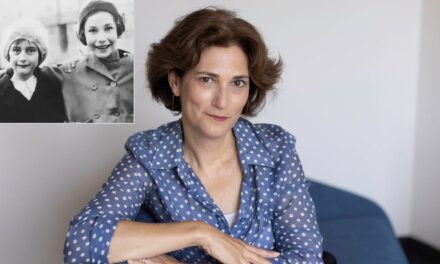
Arn Menconi/For The Aspen Times
Why is only 10% to 15% of the art work in U.S. galleries and museums created by women? Why are women artists only earning 10 cents on the dollar compared to men?
Women are as well represented in the art world as their male counterparts in roles like administrators, curators, museum board members, gallerists, collectors, museumgoers.
Just not as artists.
An ArtWeek interview Thursday on the rooftop of the Aspen Art Museum, where Nicola Lees is the director, brought this to the fore as ARTnews Editor in Chief Sarah Douglas interviewed Komal Shah, among the top 200 art collectors in the world and co-editor of the book showcasing her collection, “Making Their Mark, Art by Women in the Shah Garg Collection.”
Komal talked about how she came to America from India 32 years ago to study computer science and then got into collecting art by women artists working predominantly across North America from the late 1960s to the present. She referred to herself as an activist collector of women by seeing the intergenerational importance of older and younger female artists.
In 2014, learning about the works of two women and meeting artists, she decided that if she was going to be spending her money, she’d better be making a difference. Komal stressed how important it was to her to go back several generations to understand these women.
One was the Ukrainian-born American abstract expressionist painter Janet Sobel, who made drip paintings in the mid-’40s. Jackson Pollock saw her work and reportedly was impressed. Three years later, he began to make the drip paintings that made him famous.
“This example is not about grudges, but about the fact that the market makers and the art critics have had certain tastes and certain prejudices, and they’ve in a way tilted the art market towards their preferences,” said Komal. “I think we are now in a world where we can balance out those political voices to actually pay attention to what’s good, not just based on personal biases.”
Douglas and Shah discussed Suzanne Jackson, a black visual artist whose two-year stint in her Sapphire show pigeonholed her for years and kept her from being recognized for her later work. And how the lesbian abstract painter of the ’60s, Louise Fishman, was ostracized.
They talked about how women artists often don’t seem to find their freedom and expression until later in life.
Shah said that when Jackson was asked what drove her, she replied, “I just wanted to make one painting better than my previous one.”
“So all she was looking at was her previous work as a competitor, not for the recognition that you can get from society,” Shah said. “I think that was telling us something. It struck me as sad and noble — sad that women have had to endure this. More women than men have endured the lack of recognition until they are much older.”
Douglas remembered a panel she was on in 2010, when women made up half the students at art school, and the title was “Girls Just Want To Have Funds.” The percentage of women artists’ work in galleries then, as now, was low.
She said someone on the panel made an off-the-cuff remark that stuck with her: “I think it has to do with socializing.” Going into the value of networking for an artist when women have children, they find less time to get out and about. There’s a gap in the momentum of their work, and many women stop pursuing their art careers.
“It’s not that women artists are not excellent, but we have work-life balance issues, we have stereotypes, we have an ecosystem, which does not support the artist. I think there are a lot of factors at play,” Komal said.
When the panel Douglas remembered had ended, devotees came up to share their experiences and ask questions.
After this interview was different, much different.
A female painter, Alina Orav, was emotional and left to take the museum elevator down alone. She later recounted that she had to go and cry.
The Estonian artist who moved to America this spring said she could relate to everything Komal said. Her motherhood experience changed her whole practice, she said, and now she creates paintings empowering women depicting birth. Her most recent piece is a flowered vagina, titled “Ashes,” a homage to stillbirth and loss.
Orav thanked Komal, saying, “I really appreciate how much you care and what you had to say. It meant so much to me. You spoke for us, artists, mothers.”
A half-hour after their interview, another artist came up to Douglas — Jen Meyer, a mother from Colorado Springs who choked up while sharing what came up for her: “I felt like I was seen. Thank you, thank you. I have been sharing the magnitude of this struggle with my husband.”




